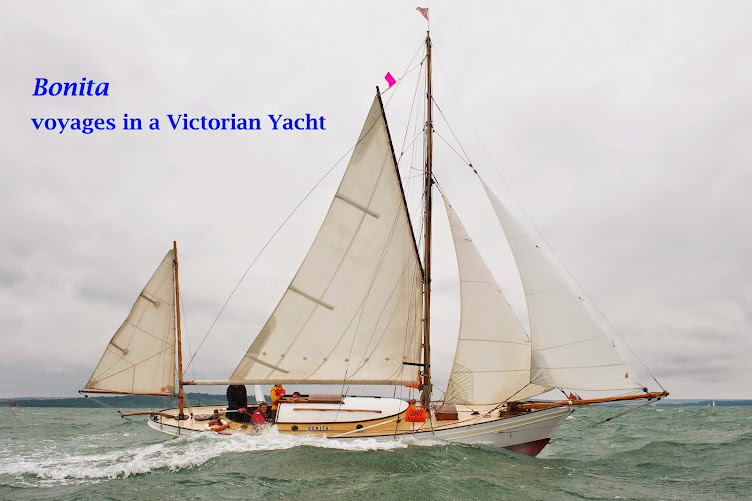The forecast today was for SW winds force 5-6 and indeed we had most of that in the harbour. With great reluctance I decided that a day pushing to windward against strong winds was not the best thing for either boat or new crew. We stayed in Brightlingsea and explored the surrounding countryside.
One advantage of being stuck in port is that it gives you the opportunity to browse and spend money in the yacht chandlers. Around the Thames estuary and all along the South coast there are good chandlers pretty much everywhere, but further afield they are much more scarce. In many places on our trip we found the chandlers to be fairly rudimentary affairs, sometimes with only a few plastic-wrapped stainless shackles and bolts. Nothing of much use for the long distance yachtsman wanting to replace worn out kit or looking for a local pilot book. Like most specialist shops the chandlers have been undermined by internet shopping for higher value items.
The harmless pleasure of wandering into a well stocked chandlers, looking around, and buying something that might just come in useful one day is becoming a scarce luxury.
We now feel we have very nearly exhausted the attractions of Brightlingsea (though we have not yet visited the local museum which is only open at weekends) and are looking forward to more favourable weather.















































